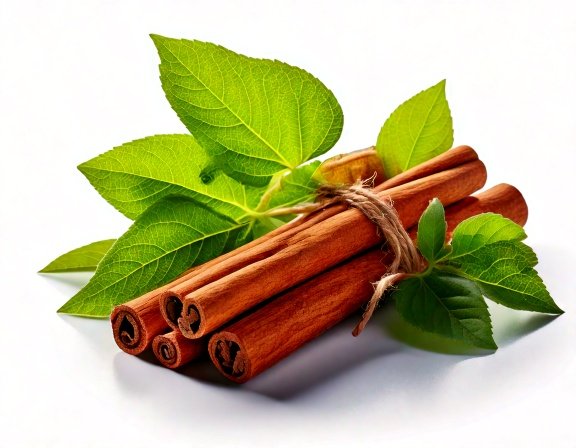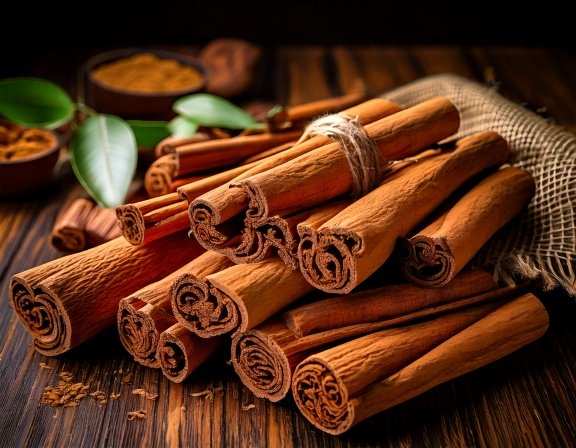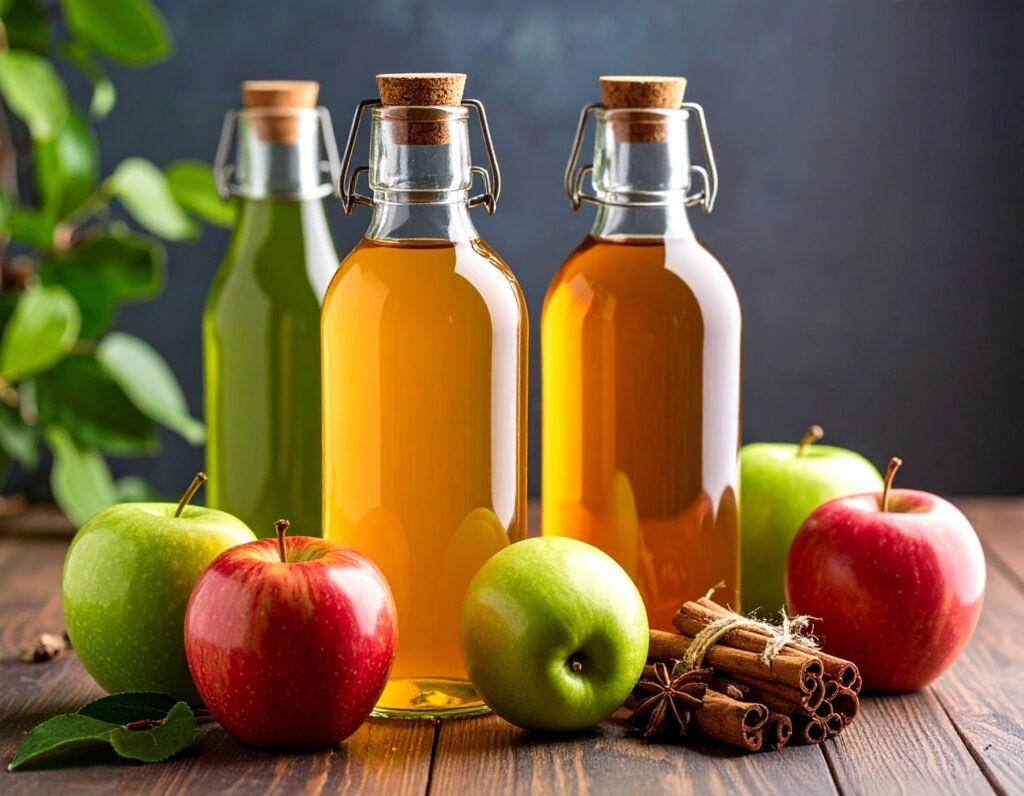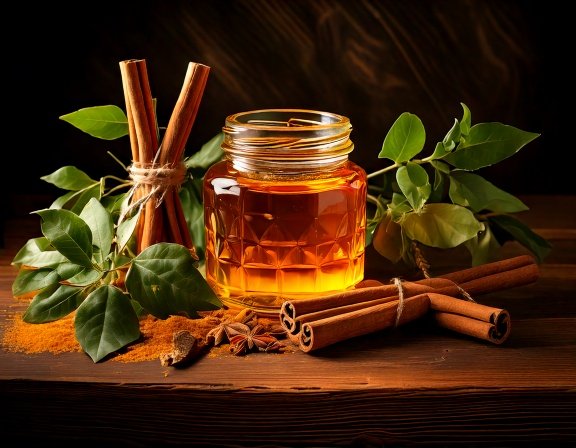Cinnamon Bark: Step-by-Step Guide to Planting, Harvesting & Making Warming Spices and Remedies at Home
Grow a cinnamon tree, harvest fragrant bark, and craft cozy teas and remedies—safely and deliciously.

Immunity Garden
Plan your healing garden—get your free pdf!
Get the plannerCinnamon (Cinnamomum verum or C. cassia) is more than a classic kitchen spice—it’s a traditional remedy for warmth, circulation, and immune support. Growing your own cinnamon tree lets you harvest fresh, fragrant bark for culinary delights and soothing home remedies. This guide shows how to plant, nurture, and harvest cinnamon—and delicious ways to use it for everyday wellness.
Why cinnamon for warmth & digestion (science & safety)
Cinnamaldehyde gives cinnamon its signature aroma and warming qualities; culinary amounts are generally considered safe for most people. “True” Ceylon cinnamon is milder and naturally lower in coumarin than many cassia types, making it a popular everyday choice. For safety and evidence context, see the resources below.
NCCIH: Cinnamon NCCIH: Diabetes & supplements NC State: Plant profile
Did You Know?
True “Ceylon” cinnamon is thinner, softer, and naturally sweeter than common cassia—ideal for delicate remedies and gourmet recipes.
How to Grow Cinnamon


Step-by-step
- Choosing a plant: Start with a young cinnamon sapling from a reputable nursery.
- Soil & site: Rich, well-drained, slightly acidic soil; protect from strong winds.
- Climate & light: Loves warmth/humidity and bright, filtered sunlight—great in greenhouses or large containers in cooler regions.
- Planting: Use roomy containers with excellent drainage; mix compost with a bit of sand for structure.
- Care: Water regularly but allow the top inch to dry slightly between waterings. Feed with compost or a balanced organic fertilizer every few months. Prune lightly to shape and encourage bushier growth.
Garden Tip
Cinnamon thrives in large containers you can overwinter indoors—bring pots inside before cold snaps.
When and How to Harvest Cinnamon Bark
Harvest time: After 2–3 years, when branches reach at least ~1 inch thick.
How to harvest: Cut young branches, strip the outer bark, then gently peel the inner bark in long strips—these curl into quills as they dry.
Drying & storage: Dry quills in a warm, airy spot out of direct sun. Store in airtight glass jars for up to a year.


Delicious & Healing Uses for Homegrown Cinnamon


- Cinnamon tea: Simmer 1–2 sticks in water ~10 minutes; sip for warmth and digestion.
- Cinnamon honey: Steep a stick in raw honey; drizzle on toast or stir into tea.
- Spiced oatmeal & smoothies: Grate a little fresh bark or use powdered cinnamon.
- Mulling spices: Add quills to cider, wine, or winter broths for cozy nourishment.
- Herbal remedy blend: Combine cinnamon with ginger and clove in teas or syrups for chilly days.
Science Note
Cinnamon’s key aroma molecule cinnamaldehyde is being studied for effects on glucose metabolism, circulation, and immune modulation. Culinary amounts are widely used; high-dose supplements warrant medical guidance.
This herbal recipe is shared for educational purposes only, based on traditional use and available sources. It is not medical advice. Please consult your healthcare provider before use, especially if pregnant, nursing, or on medication.
Support Blood Sugar & Metabolism
Curious about everyday support alongside kitchen spices? Explore our pick.
Check Sugar DefenderDisclosure: We may earn a commission if you purchase through our links—at no extra cost to you.
Want more natural wellness solutions?
Get plant-based remedies, warming spice recipes, and practical gardening tips delivered to your inbox.
Subscribe now